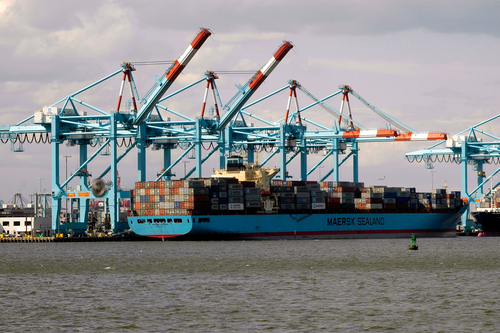
Investments in resiliency since Hurricane Sandy in 2012 have made the New York/New Jersey Port Authority more prepared to deal with future storms and sea level rise, the agency said Thursday.
A decade after the superstorm caused an estimated $2.2 billion in damage to facilities managed by the Port Authority, the agency said it has enacted aggressive measures to mitigate against the risks presented by extreme weather due to climate change.
“Superstorm Sandy was a wake-up call for the entire region and for the Port Authority,” Chairman Kevin O’Toole said. “This agency has responded, with the assistance of our local, state, and federal partners, to focus on resiliency and sustainability as climate change continues to worsen, causing more intense and unpredictable weather.”
By the end of 2013, officials said, the agency had implemented a $60 million priority flood protection plan. Later, the agency spent $2.5 billion from the Sandy Recovery Program to leverage federal funding for more than 70 different projects at the Port Authority’s airports, tunnels, World Trade Center campus, and PATH system.
In 2015, to ensure resiliency was integrated into all capital projects, the agency introduced Climate Resilience Guidelines that mandated flood protection against the 100-year storm, plus up to 3 feet of sea leave rise and up to an additional two-foot safety factor in project designs. The “code plus” approach, the agency said, exceeds local and national flood protection standards to protect the agency’s critical assets.
“As we continue the critical work of building more resilient facilities, we are also looking ahead to the next 10 years as our climate continues to change,” said Josh DeFlorio, the Port Authority’s chief of resilience & sustainability. “With the launch of our Climate Risk Assessment initiative in 2021, we have already pivoted to a more proactive, strategic approach to addressing a wide range of potential future threats, including sea level rise, storm surge, intense rainfall, and extreme heat.”
Investments included a three-tier flood protection system at the World Trade Center; a new Pump Station capable of evacuating more than 400,000 gallons of water per minute at LaGuardia Airport, and the construction of a water-tight, stainless steel and aquarium headhouse and the installation of heavy steel flood doors at Hoboken PATH designed to secure the entrance just before a storm, and seal off the station from street-level flooding.